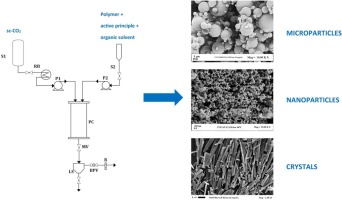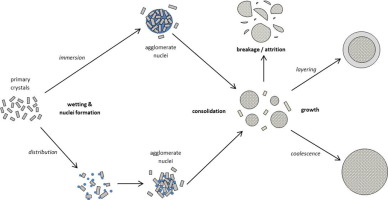- Home
- Blog
- News
- Basics
- Sources
- Agencies, Regulatory & Organisations
- CERSI Excipients Browser
- Excipient Report
- Excipient DMF List
- EXCiPACT Certified Companies
- Excipient Documentation
- Excipient EINECS Numbers
- Excipient E-Numbers
- FDA Inactive Ingredient List
- FDA GRAS Substances (SCOGS) Database
- IPEC Americas
- USP - U.S. Pharmacopeia
- Definitions
- Whitepapers / Publications
- Supplier
- Services
- Media
- Events
- 1st pharmaexcipients Poster Award
- Event Calendar
- Events featured by pharma-excipients
- 4th Annual Formulation & Drug Delivery Congress
- DDF Summit
- ExcipientFest Americas
- ExcipientFest Asia
- Global CompliancePanel
- International Conference and Exhibition on Pharmaceutics & Novel Drug Delivery Systems
- Formulation & Drug Delivery USA Congress
- Laboratory Medicine 2018
- Making Pharmaceuticals Europe
- Making Pharmaceuticals Exhibition
- Pharma Integrates
- PharmaExcipients China @CPhI China
- TTC Technology Training Center
- Jobs
- Online Sourcing
- Contact
07. May 2018
Supercritical antisolvent precipitation (SAS) has been successfully used to produce microparticles and nanoparticles of controlled size and distribution either as a single precipitates or by coprecipitation of two or more compounds. SAS coprecipitation process has produced different particles morphologies and, differently from the single compound SAS precipitation, process mechanisms involved have never been elucidated and the effectiveness of the technique has been verified only in some cases....
28. November 2017
Particle design via spherical agglomeration is a size enlargement technique used in various bulk and fine chemical industries, with recent interest extending into pharmaceuticals, in which an immiscible bridging liquid is added to agglomerate crystals prior to deliquoring. Spherical agglomeration has the potential to dramatically simplify downstream processing, and improves the handling of difficult, needle-shaped crystals. This review consolidates the understanding of the controlling process...
02. May 2016
Unraveling the mechanisms of nanoparticle transport across the intestinal barrier is essential for designing more efficient nanoparticles for oral administration. The physicochemical parameters of the nanoparticles (e.g., size, surface charge, chemical composition) dictate nanoparticle fate across the intestinal barrier. This review aims to address the most important findings regarding polymeric and lipidic nanoparticle transport across the intestinal barrier, including the evaluation of...
24. February 2016
Coprecipitation of poorly water soluble drugs with an hydrophilic polymer can enhance the drug dissolution rate and, therefore, its bioavailability. In this work, supercritical antisolvent (SAS) precipitation is proposed for the coprecipitation of corticosteroids. This class of compounds cannot be directly processed by SAS, since it precipitates in form of large crystals. Dexamethasone (DMS), prednisolone (PDN) and budesonide (BDS) were tested. To control microspheres size and morphology, the...



